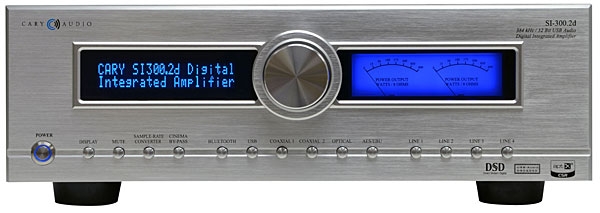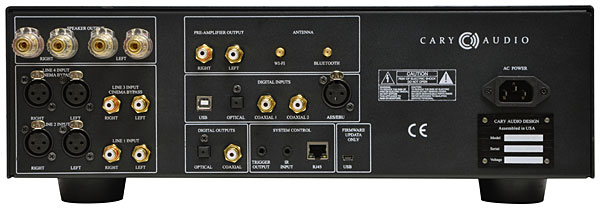| Columns Retired Columns & Blogs |
I was glad to read your positive statements about the MMF 7.3. I'm looking to upgrade to a TT in it's price class and your original review knocked it down several spots on my list. Electronic speed control, or at least easy speed change, is a must for my next TT.







































